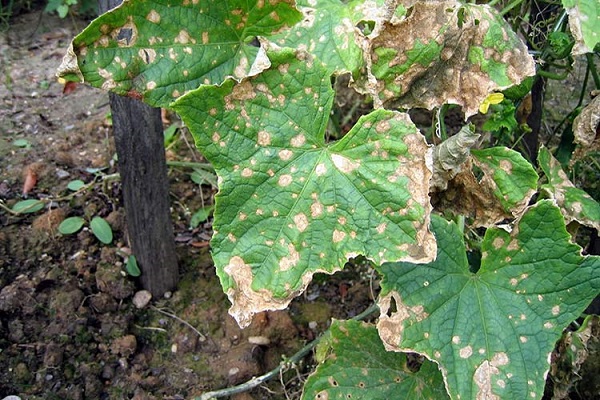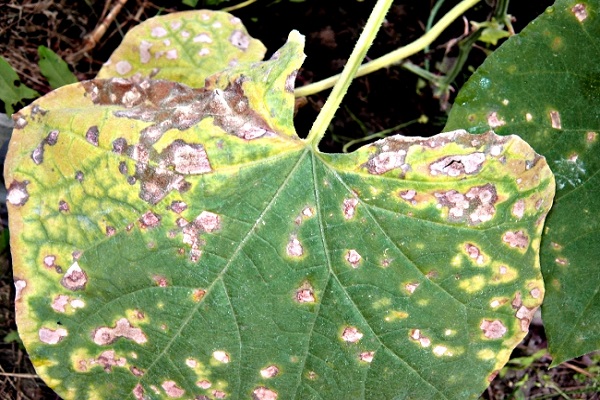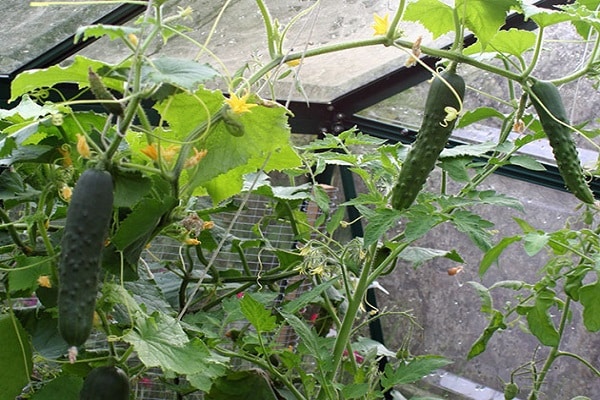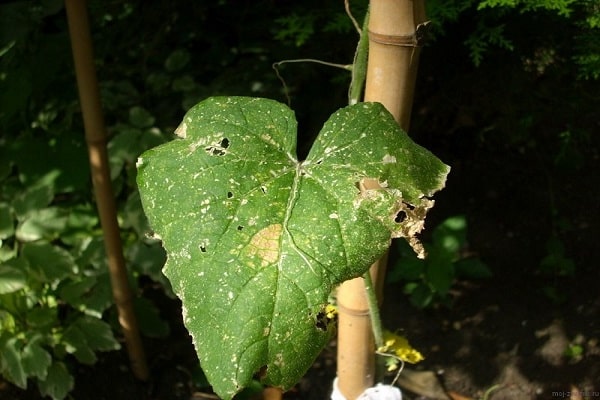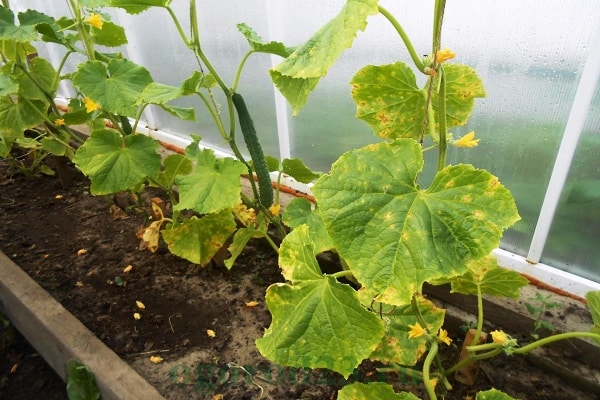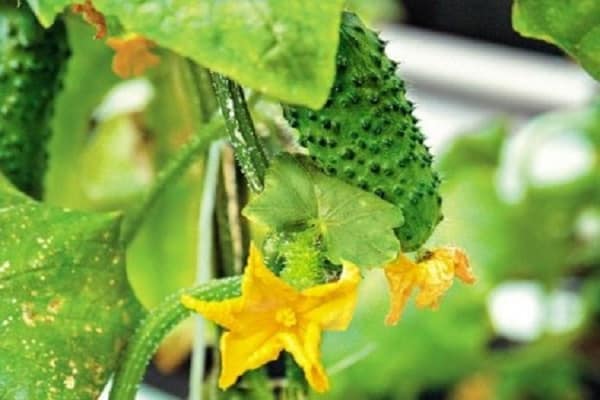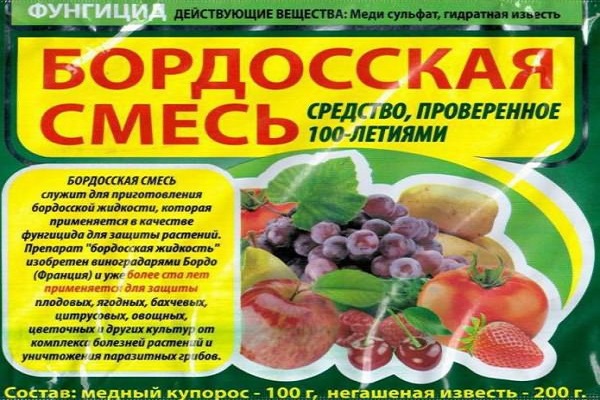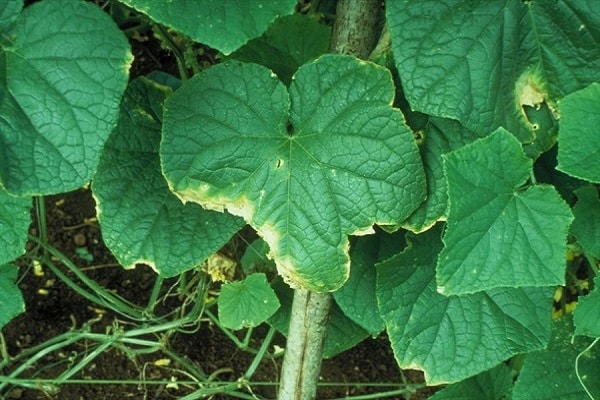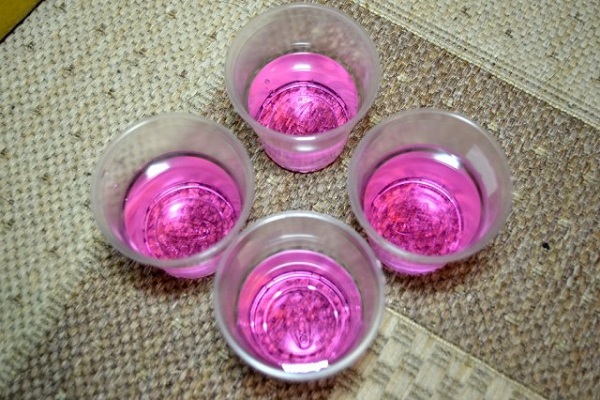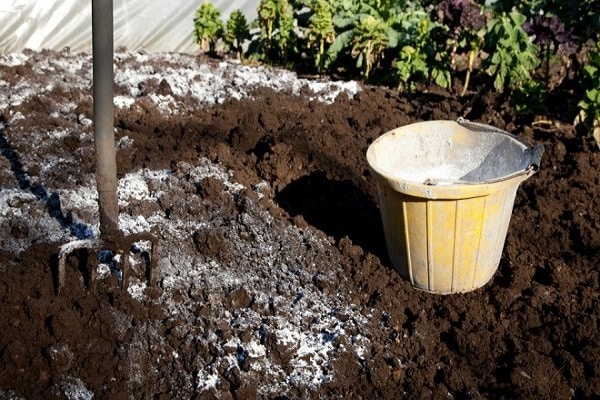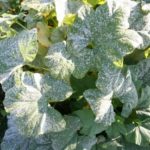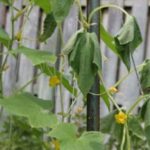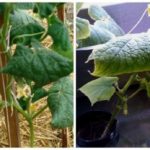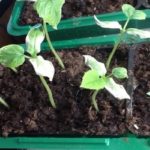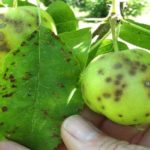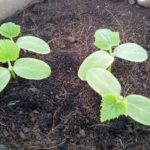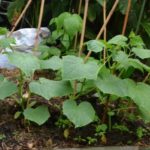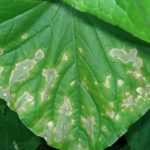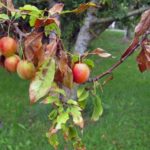Marbled spots often appear on the foliage, stems and fruits of cucumbers, destroying the cells of the plant. The disease that causes this reaction is called cucumber anthracnose or copperhead. Let's consider the causes, symptoms and methods of treating the disease.
Causes
The disease is caused by the pathogenic fungus Colletotrichum. It enters through infected plant debris on the ground and is often transferred from one bush to another by wind or rain. Also, seeds collected from diseased fruits become a source of infection. Crops located both in open areas and in greenhouses are susceptible to infection.
This is a dangerous infection because it affects not only cucumbers, but also other vegetables in the garden - grapes, peas, melon, pumpkin, zucchini, beans and raspberry, currant and gooseberry bushes.
Greenhouses with a high moisture content provide comfortable conditions for fungal growth. Carriers of fungal spores.
- wind;
- prolonged wet weather;
- insects;
- instrument used on affected areas.
Conditions for the development of the disease
Humid and warm weather are favorable conditions for the development of fungal infections. It spreads when there is dew and frequent heavy rains. Fungal growth is activated when air humidity is above 60 degrees.
Greenhouses with a high moisture content provide comfortable conditions for fungal growth.
The incubation period for spore growth reaches 6-7 days; at elevated air temperatures it is halved.
The carriers of spores from diseased bushes to healthy ones are aphids and spider mites, so these insects should be combated.
The density of plantings also causes the transfer of spores from a diseased plant to a healthy one.
Under suitable conditions, the fungus multiplies quickly, causing disease in all plants growing in the garden bed. But when air humidity drops sharply, the growth of infection slows down and stops.
Symptoms
A fungal disease in humid conditions affects the stems of sprouts, brown spots attack the necks of the roots. The fungus develops quickly - the stem breaks and the seedling dies. On adult cucumbers, the fungus can infect all parts - root, stem, leaves and fruits. When the disease develops on young shoots, they die.
This phenomenon is also caused by non-compliance with the temperature and water regime. In adult cultures, the symptoms are as follows.
- Several brown spots appear at the bottom of the bush.
- The spots grow and merge, the leaf dries out, and the stem turns black.
- After the leaves are infected, the fungus spreads to the fruits.
- In dry weather, the site of infection dries out.
- When wet it begins to rot.
In the initial stage of development, the leaves and stems are covered with copper-brown spots ranging in diameter from a few millimeters to 4 centimeters. The spots are concentrated on the edges of leaves and between the veins. First, one leaf located below is infected, and then the infection spreads to the entire plant. Therefore, it is difficult to recognize the disease in the initial stages of development.
In the second stage, the leaves turn yellow, the diameter of the spots increases, and they merge with each other. As a result, the leaves lose their photosynthesis function, and the affected stems often break. Vegetables should be treated when the first symptoms of infection are detected.
The spots darken and dry out over time. On the stems, the lesions are pressed inward by several millimeters. The infection that has spread to the fruit also forms depressed areas, and the young vegetable begins to rot.
At high humidity, the spots become covered with a fungal pink coating. These are spores that, under humid conditions, reproduce on the bush.
A fruit affected by infection becomes bitter in taste and unsuitable for food.
Treatment of cucumbers
If cucumbers become sick, treatment begins immediately. The following drugs are used for control: solutions containing sulfur, Bordeaux mixture, Quadris drug. These medications kill fungal spores, stopping the infection from spreading. These drugs begin to be used at the first symptoms of the disease; if they spread widely, they are not very effective.
Fungicides used to treat anthracnose.
- Topaz.
- Fitosporin.
- Previkur.
- Abiga-pik.
- Quadris.
- Polished.
- Cumulus.
- Copper oxychloride.
- Thiovit Jet.
The treatment is carried out in protective clothing and a mask; after the procedure, hands are thoroughly washed in soapy water.
The basal form of the disease is treated as follows: 1% Bordeaux mixture or 5% Abigo-Pic. It is poured mainly at the root after abundant watering of the plants with warm water. Only a small part of the mixture should fall on the stems of the cucumbers. Consumption - up to 1 liter per plant. Treatment can be repeated 2-3 times a week. This disease is rarely treated with folk remedies.
Prevention plays an important role in preventing plant infections.
Prevention
Before planting, purchased seeds are soaked in a solution of potassium permanganate. Soaking seeds in Pseudomonas mycophaga, a bacterial culture liquid isolated from the rhizosphere of pumpkin crops, also yielded positive results.
Seed dressing is also carried out using the following chemicals.
- Immunocytophyte.
- Tiram.
- Treater TMTD.
In addition to seed treatment, the soil is disinfected before planting. Fertilizers applied have a negative effect on the spread of fungus. After planting, the seedlings are inspected daily for symptoms of fungus. If an infected plant is found, it is removed.
When growing plants in film greenhouses, monitor the accumulation of moisture on the film. If there is a large amount, shake it off and ventilate the greenhouse. Thinned plants and planted at a sufficient distance from each other will slow down the spread of bacteria. Removing old plants from the surface of the bed will also reduce the likelihood of infection.
Anthracnose appears not only on cucumbers, but also affects other vegetable crops grown on the site.This reduces plant productivity by 50%. Therefore, it is important to prevent all diseases, and if an illness is detected, immediately begin its treatment. If the growing conditions are met, cucumbers will delight their owners with a bountiful and healthy harvest.

